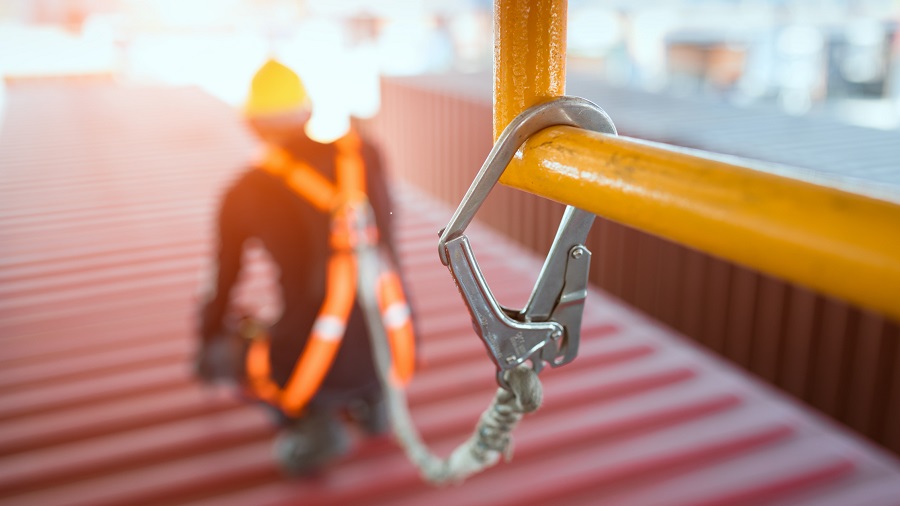When Are Roof Anchors Required?
Posted by Howie Scarboro - CEO Fall Protection Distributors, LLC on Jan 23rd 2024
Working on a roof comes with inherent dangers, and falls are a leading cause of serious injury or death. Fortunately, roof anchors can serve as a critical line of defense, providing secure attachment points for fall protection systems. But when exactly are roof anchors required? This guide delves into the regulations and best practices to ensure you're compliant and, more importantly, safe.
Fall Protection Anchor Video
This OSHA video explains the various types of roof anchors designed for fall protection.
Key Safety Regulations To Keep In Mind
OSHA Regulations:
The Occupational Safety and Health Administration ( OSHA) sets the gold standard for workplace safety, including fall protection guidelines. Subpart M of 29 CFR 1926 mandates fall protection for any work performed on a roof with a pitch greater than 4:1 and a height of 6 feet or more. This typically translates to all flat roofs and roofs with a slope.
Building Codes:
Local and state building codes often mirror or supplement OSHA regulations. Always check your specific region's requirements, as they may differ slightly.
Specific Activities:
Even if the general building code doesn't mandate roof anchors, certain activities inherently necessitate them. These include:
- Roof maintenance and repairs: Tasks like fixing shingles, inspecting HVAC units, or cleaning gutters pose fall risks and require fall protection.
- Window cleaning: High-rise window washers rely on roof anchors for safe access and work positioning.
- Snow removal: Clearing snow from a roof can be slippery and dangerous, making fall protection crucial.
- New roof construction: OSHA standards apply to construction workers on roofs as well.

Beyond Regulations: Proactive Safety
While regulations provide a minimum threshold, prioritizing safety often means exceeding them. Consider installing roof anchors even if not strictly required for:
-
Improved worker safety: It's better to be prepared than face potential consequences later.
-
Peace of mind: Knowing your workers are protected fosters a safer work environment.
-
Reduced liability: Having proper fall protection systems in place can mitigate legal risks in case of an accident.
Choosing the Right Roof Anchors:
Selecting the appropriate roof anchors depends on several factors, including:
-
Roof structure: Different roof types (metal, concrete, etc.) require compatible anchor systems.
-
Weight capacity: Ensure the anchors can withstand the combined weight of the worker, equipment, and potential fall forces.
-
Installation expertise: Choose qualified professionals for proper anchor installation to guarantee their effectiveness.
-
Panel Type: Standing Seam metal roofs can not have penetrations through the panels, therefore they require seam anchors to attach using non-penetrating set screws. The Standing Seam Roof Anchor SSRA1 is the industry's lightest and strongest anchor point for standing seam metal roofs.
By understanding the regulations, recommended practices, and proper anchor selection, you can ensure your workplace adheres to safety standards and prioritizes the well-being of your workers. Remember, safety shouldn't be an afterthought – it's an investment in preventing harm and fostering a productive work environment.

